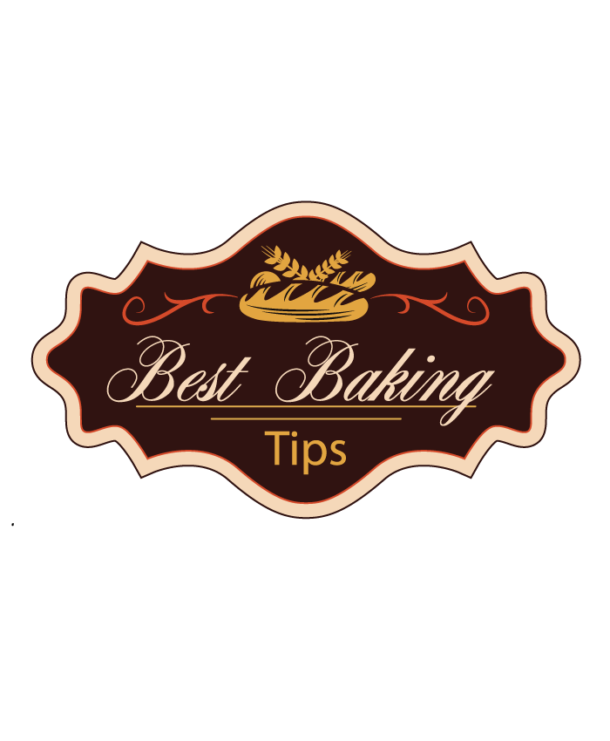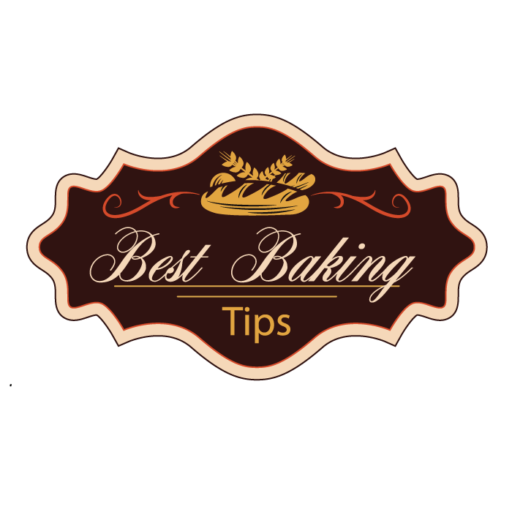==================
Affiliate Statement
Best Baking Tips is supported by our audience. When you purchase through one of our links, we may earn a small affiliate commission. As an Amazon Associate I earn from qualifying purchases. Your cost is not affected.
==================
Welcome to the delightful world of baking! If you’re just starting out, you might feel overwhelmed by all the baking recipes, techniques, and tools. Don’t worry—we’ve got you covered. In this guide, we’ll share essential beginner baking tips to set you up for sweet success. Whether you aim to bake the perfect cookies, a moist cake, or a crusty loaf of bread, understanding baking time and other key factors is crucial. So, put on your apron, preheat that oven, and dive into these beginner tips to make your baking journey enjoyable and rewarding!
Sweet Success: Essential Baking Tips for Beginners
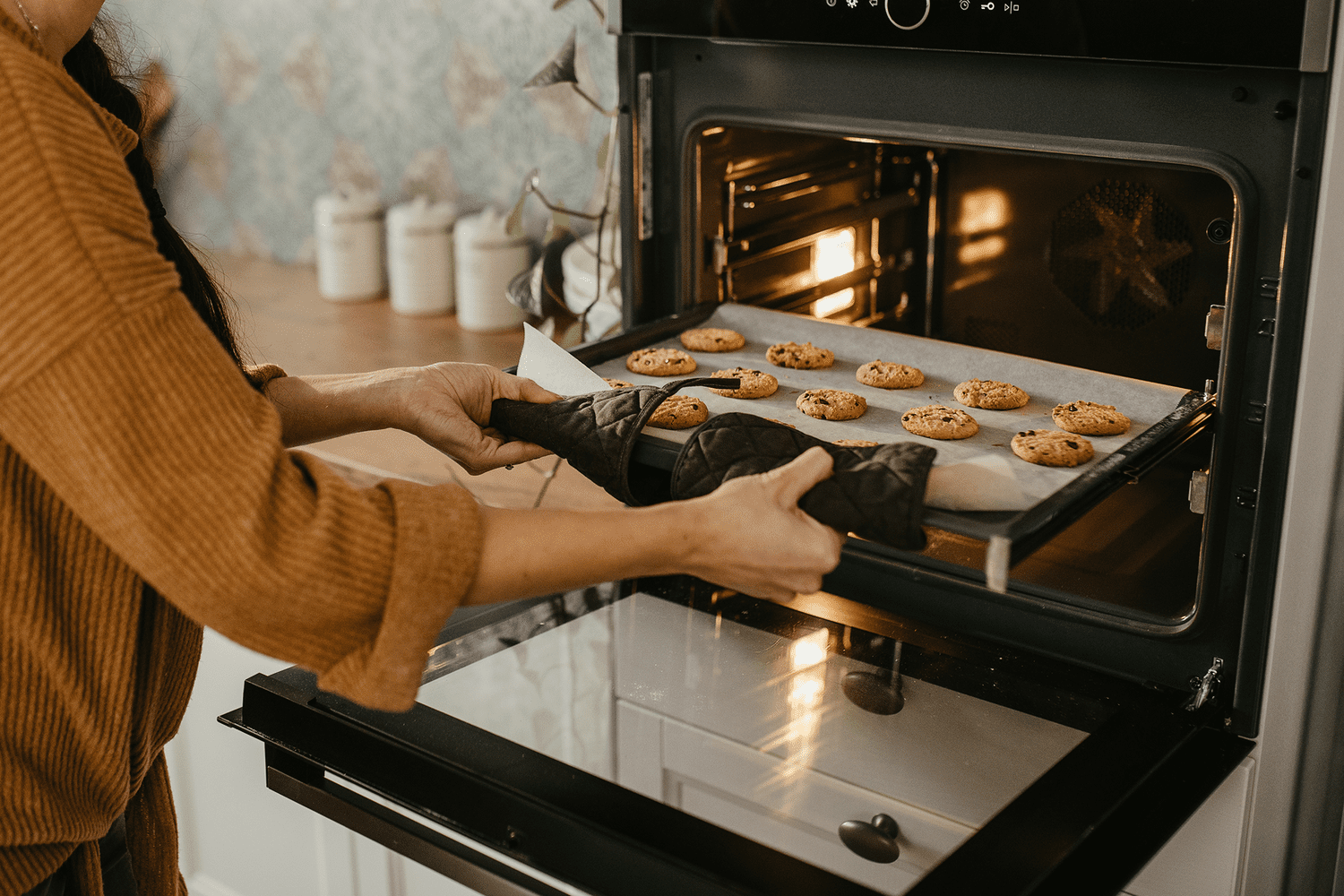
Photo by: Allrecipes
Baking is more than just following a recipe—it’s an art and a science combined. Creating something delicious, like a chocolate chip cookie, from simple ingredients like flour, and sugar is satisfying. But when you’re just starting, all the different techniques and tools can feel overwhelming. We’ve gathered some essential tips to help you navigate the baking process. We’ll go over everything from building your basic baking skills to understanding the importance of precise measurements.
With these foundational baking tips, you’ll be confident tackling any recipe and impressing your friends and family with your homemade treats. Let’s make your baking journey a sweet success!
Rise of the Oven: Exploring the History of Baking
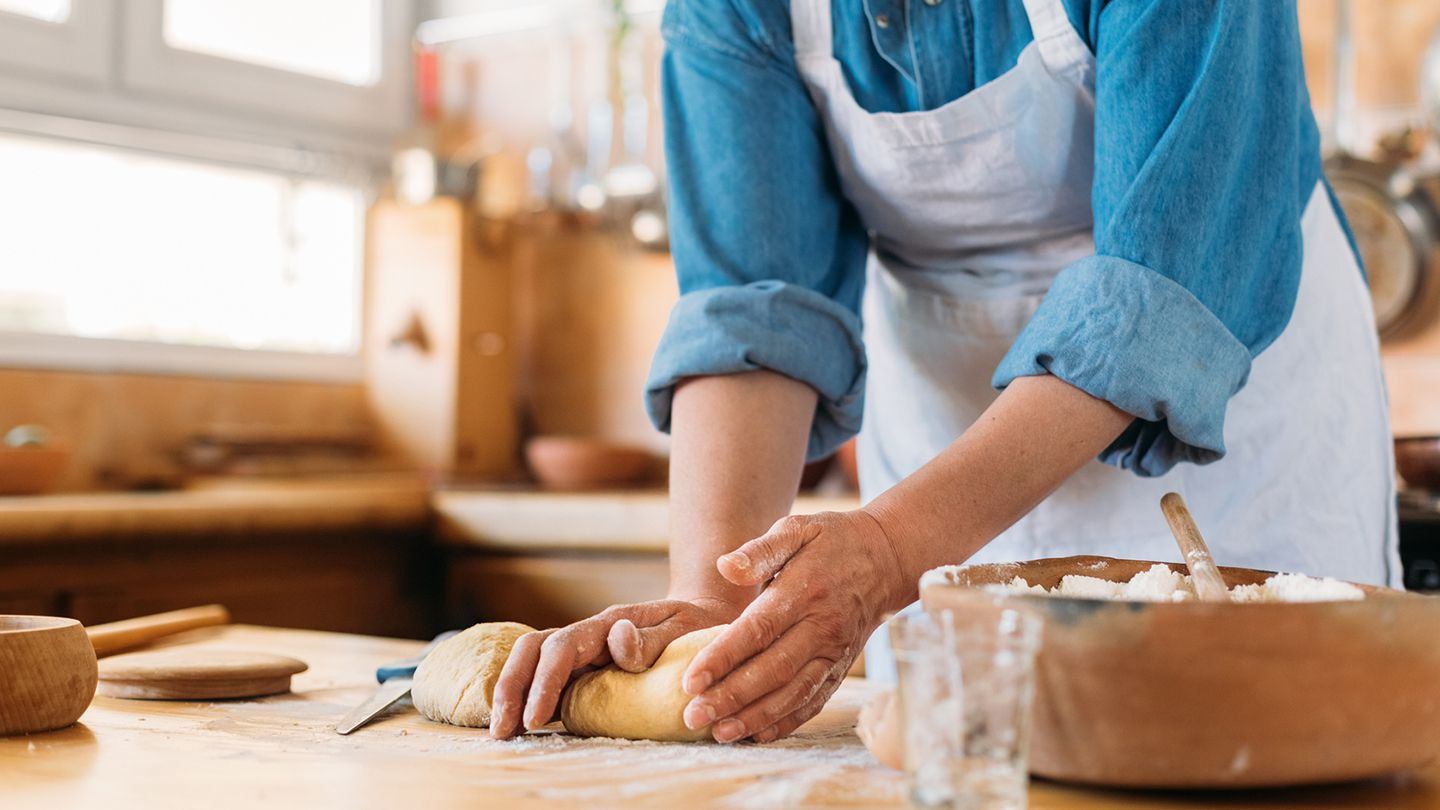
Photo by: Recipes.net
Before diving into baking tips, let’s explore baking history to gain some background. Baking has been around for thousands of years! Here’s a quick timeline:
- Way Back When (10,000 BC): People mashed wild grains with water and cooked them on stones, creating simple flatbreads.
- Ancient Egyptians (2600 BC): They discovered yeast (from beer!) and used it to make lighter, fluffier bread.
- Greeks and Romans (600 BC – 300 BC) developed ovens to bake thicker loaves and cakes, turning baking into a specialized profession.
- Middle Ages and Beyond: Baking remained crucial, with guilds ensuring bread quality. Sweet treats with honey and fruits became popular.
- 18th-19th Centuries: New ovens and cookbooks introduced more recipes. The invention of baking powder made cake baking easier and faster.
- Today, We have a vast array of ingredients and advanced ovens, enabling us to create endless delicious baking creations!
Tips to Improve Your Baking Skills
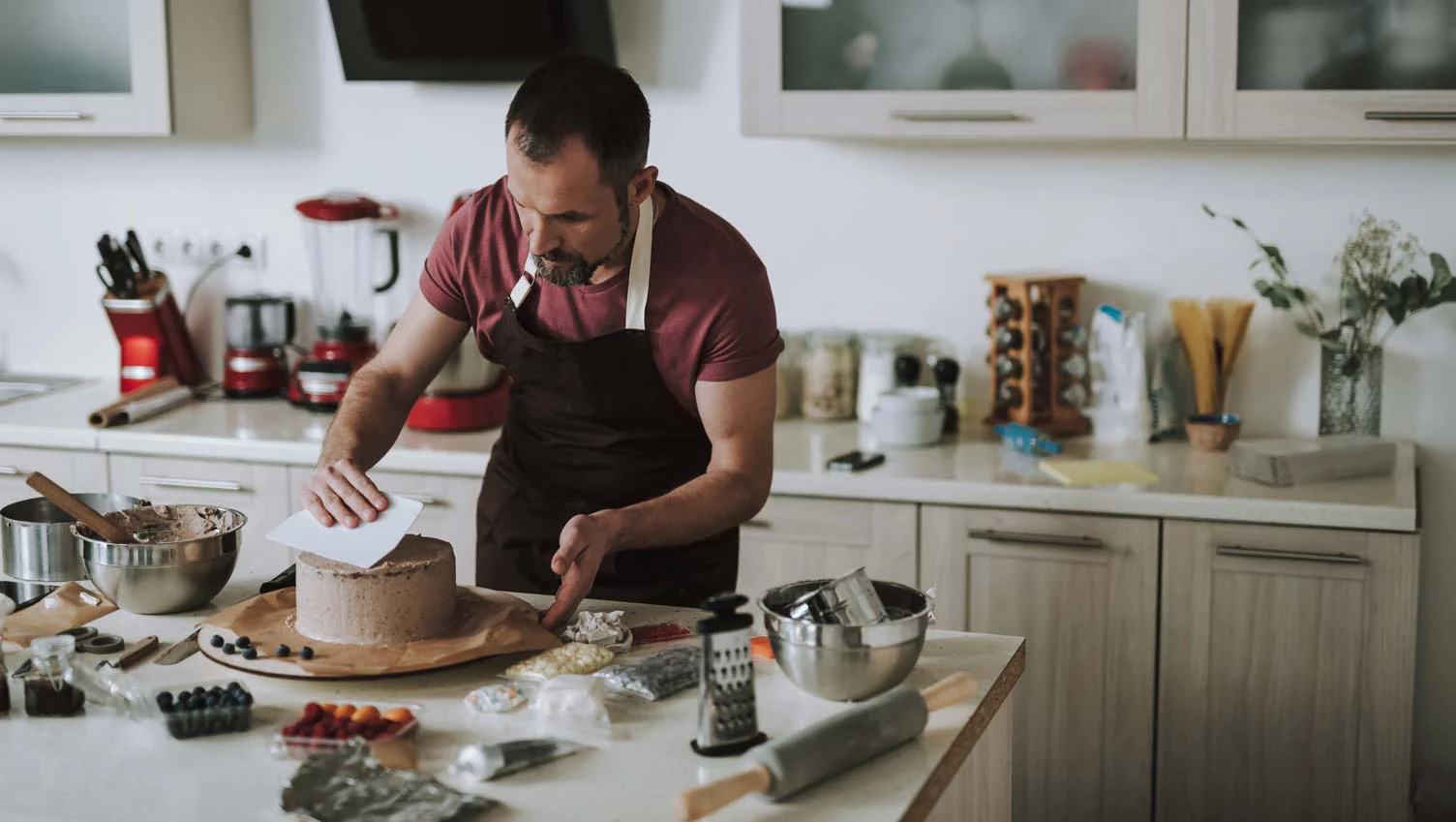
Photo by: Matthews Cotswold Flour
Now that you know the history of baking, isn’t it wonderful? Now, If you’re hooked on baking and want to make it your hobby, here are some beginner baking tips:
Read the Recipe
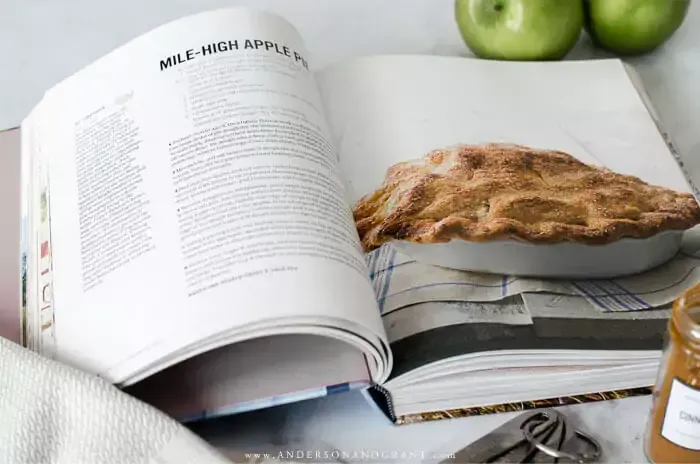
Photo by: anderson + grant
One of my baking tips for you is to read the recipe. Reading a recipe before you bake isn’t just a suggestion; it’s essential for baking success. Think of it as the blueprint for your culinary creation. Skipping this step can lead to missing key ingredients or techniques, leaving you scrambling mid-bake. Reading through beforehand lets you gather your ingredients, preheat the oven, and ensure you have the right tools. More importantly, the recipe guides you through the scientific process of baking.
It ensures you add ingredients in the proper order and for the right amount of time, which can significantly impact the texture and final product. Recipes often include hidden details about using room-temperature ingredients or specific mixing techniques that can make or break your bake. Taking the time to read through everything empowers you with confidence in the kitchen. You’ll know what to expect at each step and be prepared to tackle any minor hiccups that may arise.
So, before you dive into baking, invest a few minutes in reading the recipe. It will save you time, frustration, and wasted ingredients and ultimately lead to delicious baked goods that you’ll be proud of
Mise en Place
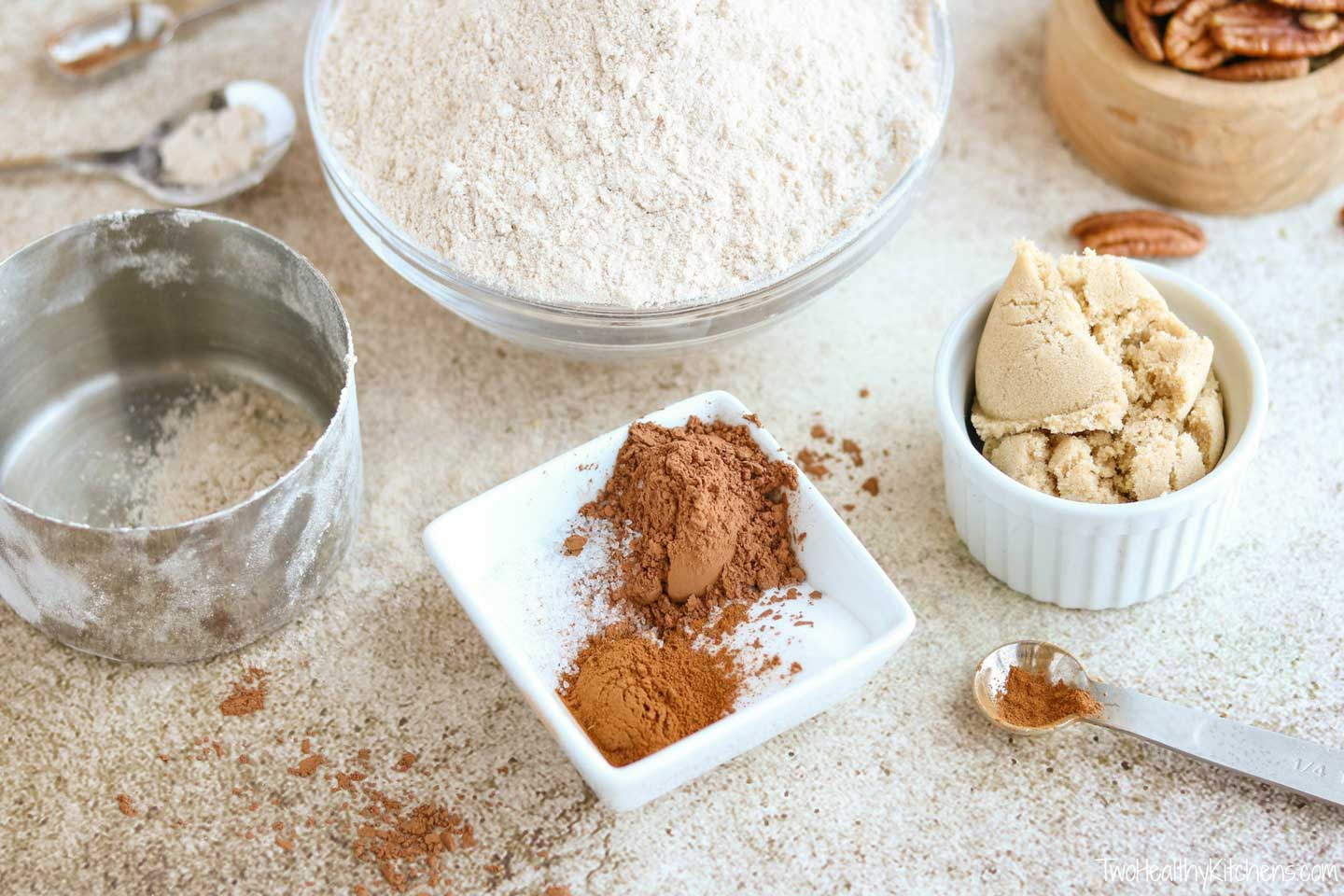
Photo by: Two Healthy Kitchen
It means to put everything in place. Baking translates to gathering your ingredients and equipment before you begin. This preparation serves a couple of important purposes and is one of the essential baking tips. First, it ensures that your baking process will go smoothly. Second, it guarantees that you have everything you need. There’s nothing worse than realizing halfway through a recipe that you’re missing a crucial ingredient!
In addition to gathering and measuring your ingredients—such as baking soda, baking powder, brown sugar, and cocoa powder—it’s important to prepare your equipment. This includes preparing your pans with parchment paper or cooking spray. Gather your mixing bowls, measuring cups, spoons, hand mixer or stand mixer, and other tools, such as scoops and spatulas. Be sure to have plenty of counter space for your baking project, and think about any room you might need in your refrigerator or freezer.
Precision is Key
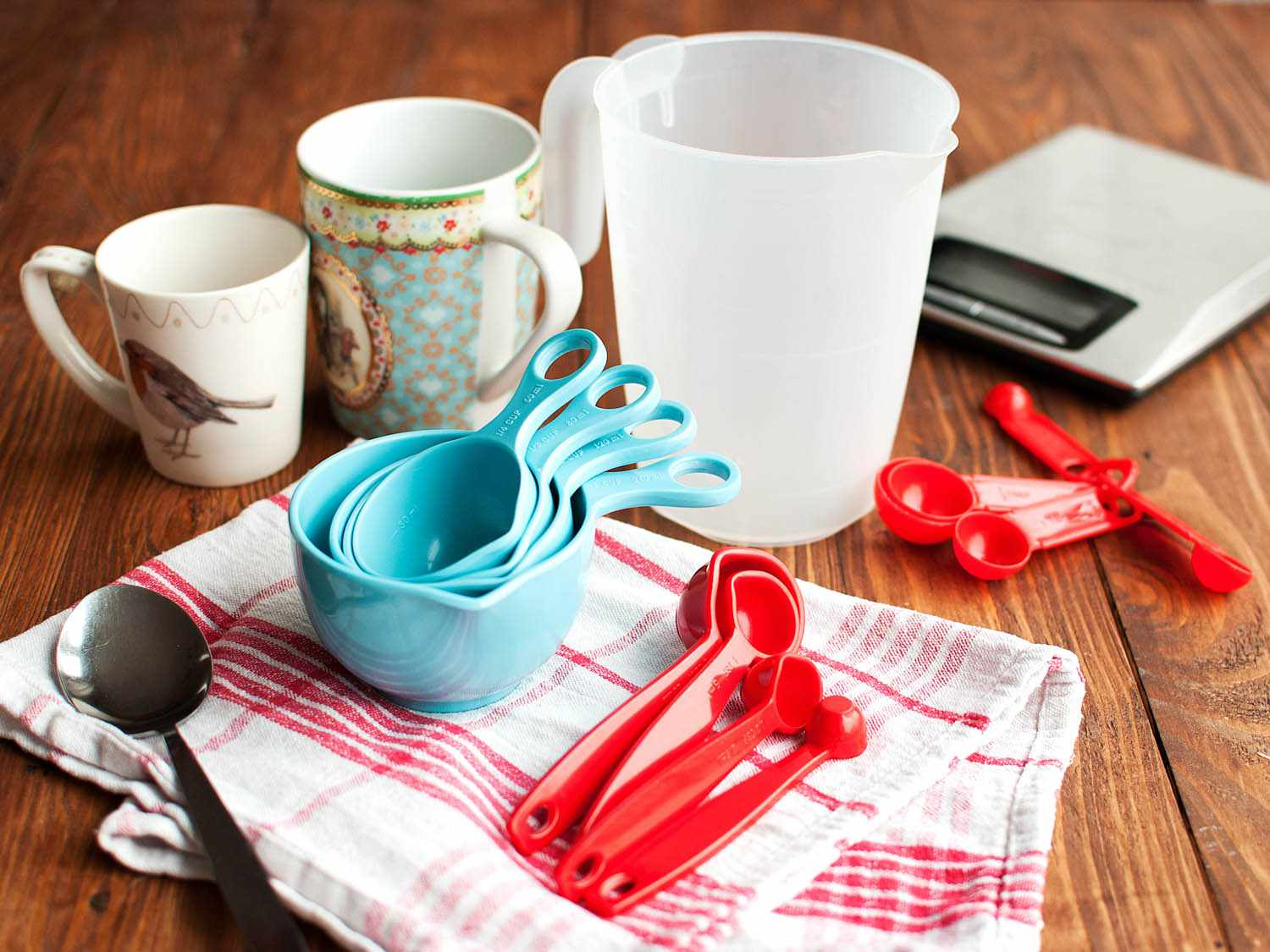
Photo by: Serious Eats
A common reason baking goes wrong is due to inaccurate measurements. Here’s my top baking tip for beginners and experienced bakers: treat baking more like a science than an art. To get the best results, measure your ingredients accurately with measuring cups and spoons. When measuring dry ingredients like flour, fluff them up first to avoid overpacking the cup. Alternatively, using a digital kitchen scale for precise measurements by weight can significantly improve your baking. Also, ensure you’re using the right tools for measuring.
You’ll need both dry measuring cups and liquid measuring cups. Always check the measurement at eye level to ensure accuracy when measuring liquid ingredients, such as corn syrup. Additionally, spoons are essential for measuring small amounts of ingredients such as salt, baking powder, baking soda, and extracts.
Use an Oven Thermometer
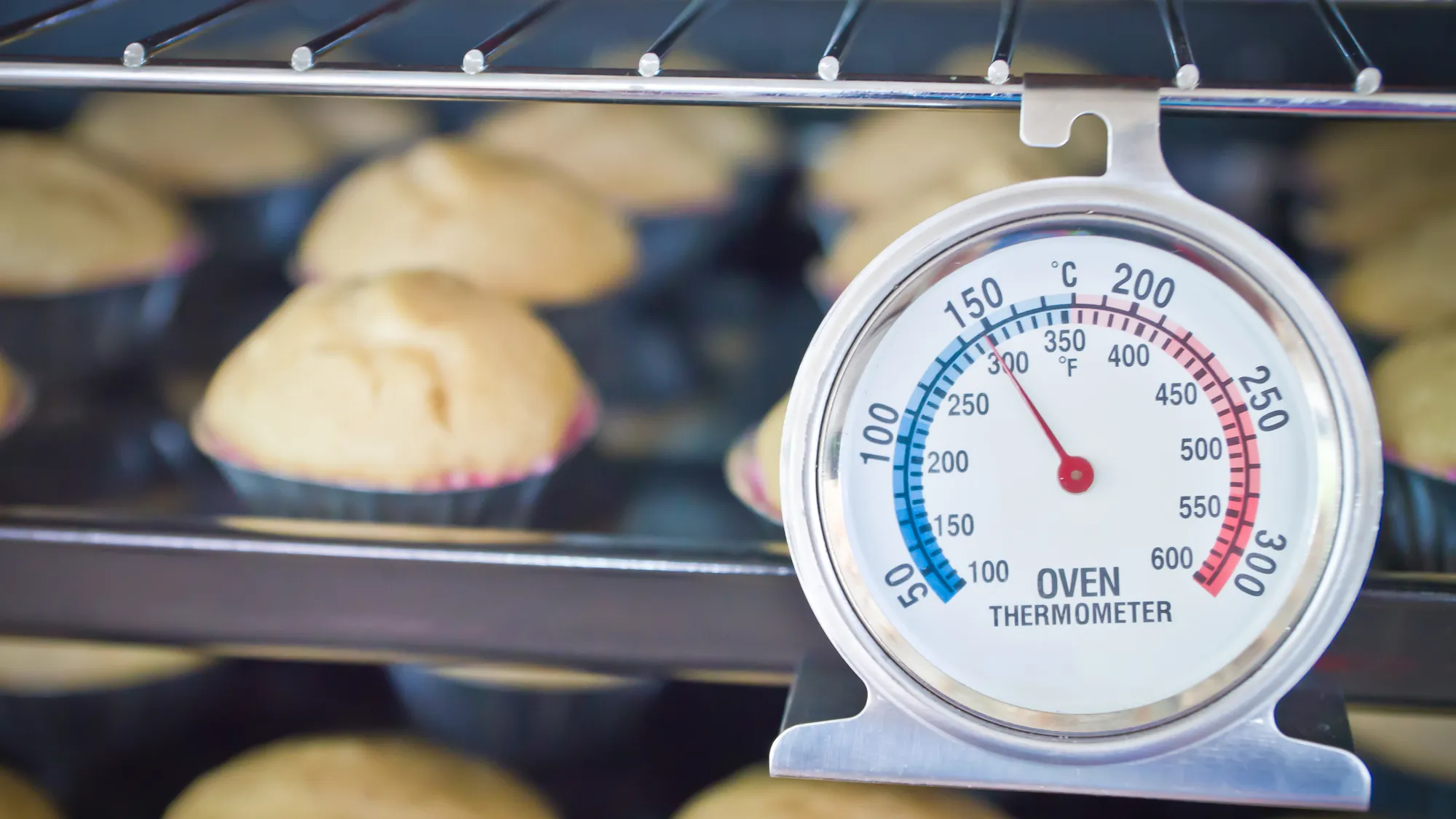
Photo by: Epicurious
It’s quite common for oven temperature readings to need to be more accurate. If you think you’re baking at 350°F but the oven temperature is different, your baked goods may require more or less time to bake. This can also lead to variations in browning and texture. To ensure accuracy, place an oven thermometer in your oven. It’s a simple and inexpensive way to check if your oven’s temperature reading is correct. Find that your oven’s temperature isn’t accurate. You can have it calibrated by a professional or try adjusting the oven’s heat setting to match the reading on the oven thermometer. If you’re baking cookies, try to minimize opening the oven door frequently, as this can disrupt the temperature inside.
Select the Appropriate Pans
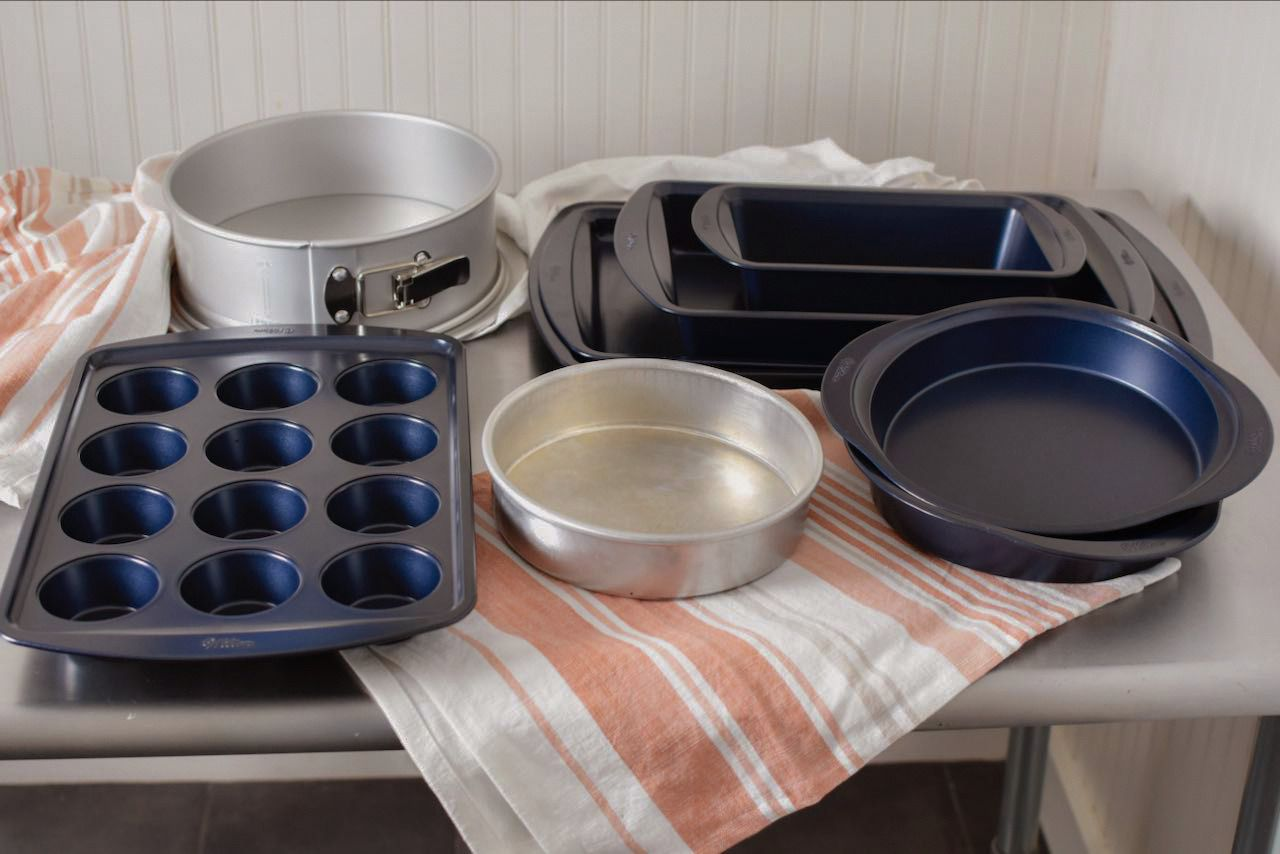
Photo by: The Spruce Eats
Baking tips: Another baking tip is to select the appropriate pans. The type of baking pans you use can make a big difference in your baked goods—first, the quality of the pan matters. Cheap, thin pans will need to do a better job. You don’t need to use expensive pans but look for thicker, sturdier ones, like a loaf pan or cake pan, that will be more durable and thoroughly baked. Secondly, be cautious about changing the pan size. If you’re baking cookies, the pan size isn’t a big deal—you can adjust how many cookies you bake per pan. However, changing the pan size will affect how they bake cakes, brownies, and similar treats. Lastly, different materials conduct heat differently. I almost always recommend using light-colored, metal baking pans for even, consistent baking and browning. Glass and stoneware usually require temperature and baking time adjustments to achieve similar results to metal pans.
Mastering the Mix
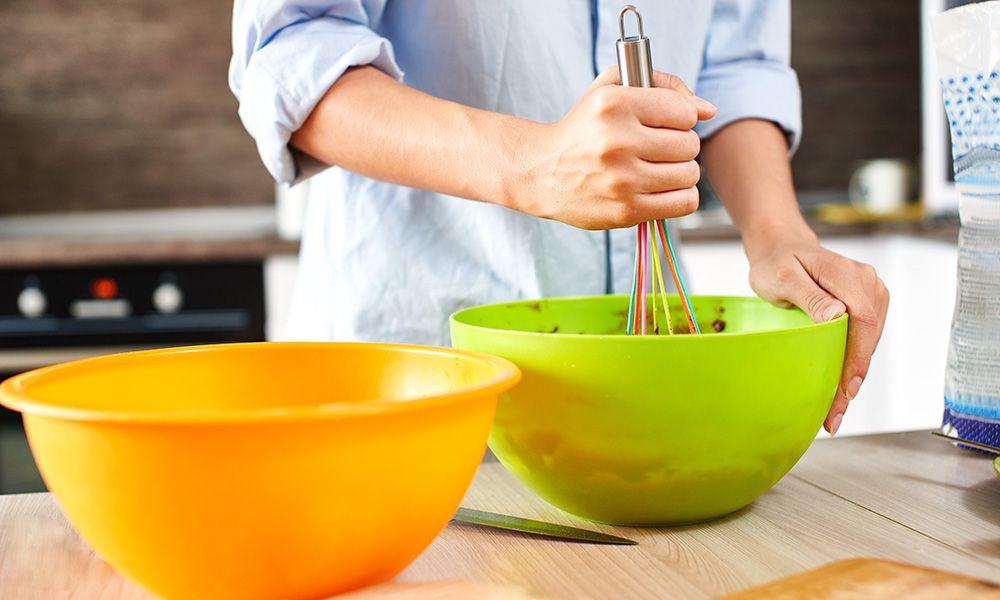
Photo by: Baking With Flava
You’ll often hear the phrase “don’t over-mix” in baking recipes. This advice is crucial because excessive mixing of dough or batter can result in tough baked goods. When traditional baked goods with flour are mixed, gluten develops, and too much of it can lead to unpleasant results. Usually, it’s best to mix dough and batters until combined. Follow the specific recipe’s directions for mixing times whenever possible. If the recipe doesn’t specify, it’s safer to err on caution and mix just until the ingredients are combined. Pay attention to what the recipe calls for and follow any baking tips or suggestions provided.
Avoid Opening the Oven Door
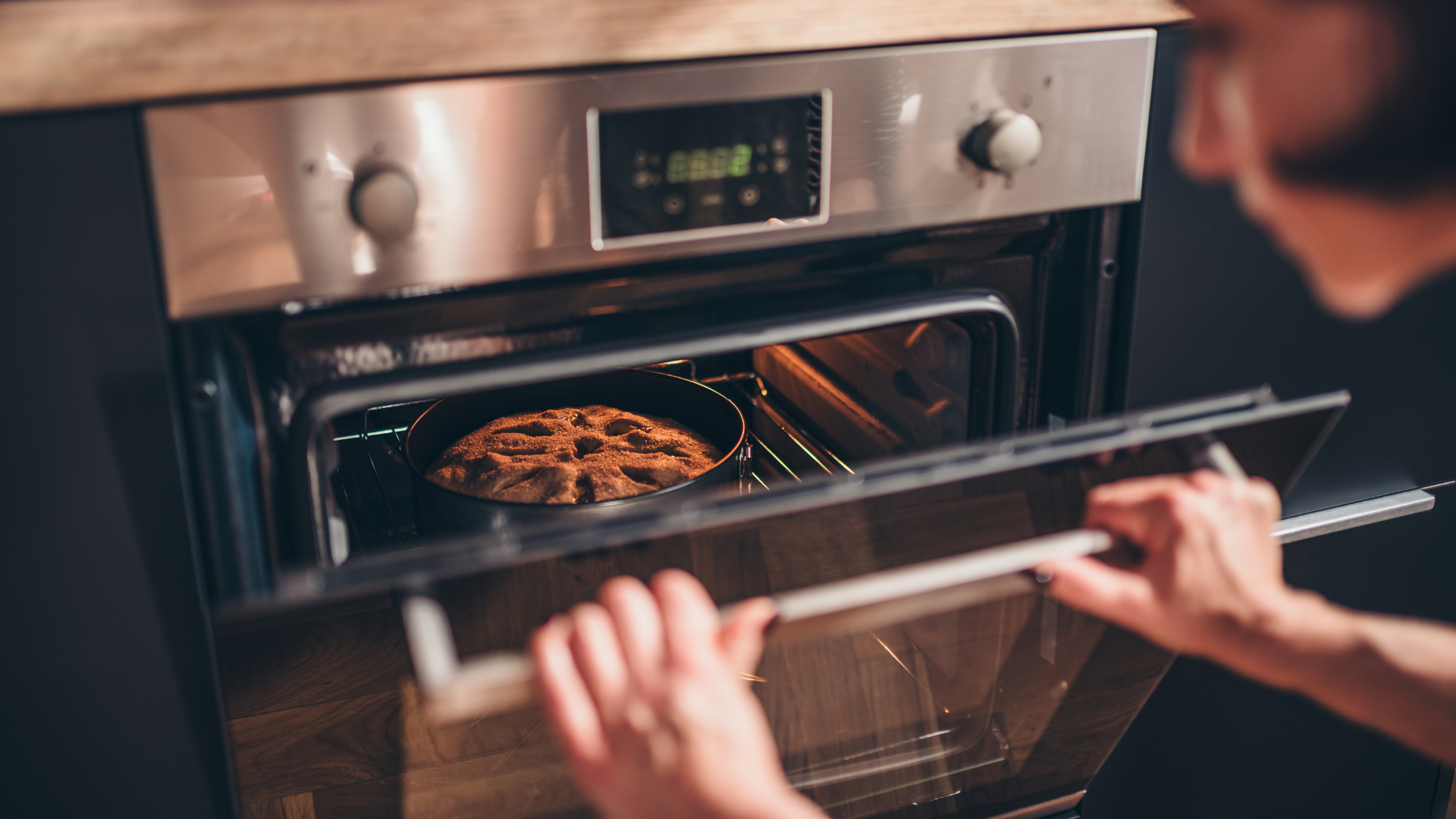
Photo by: Appliance Express
When baking, it’s important not to open the oven door more than necessary. Even briefly opening the door can lower the oven’s room temperature, which affects both the baking time and the final texture of your baked goods. Instead of opening the oven door, use the oven window to peek inside and quickly check on your baking progress. This way, you can monitor without disrupting the oven’s temperature. When it’s time to test for doneness, open the door only as long as needed to insert a toothpick or skewer and check your baked goods. This will help maintain consistent baking results.
Chill Time
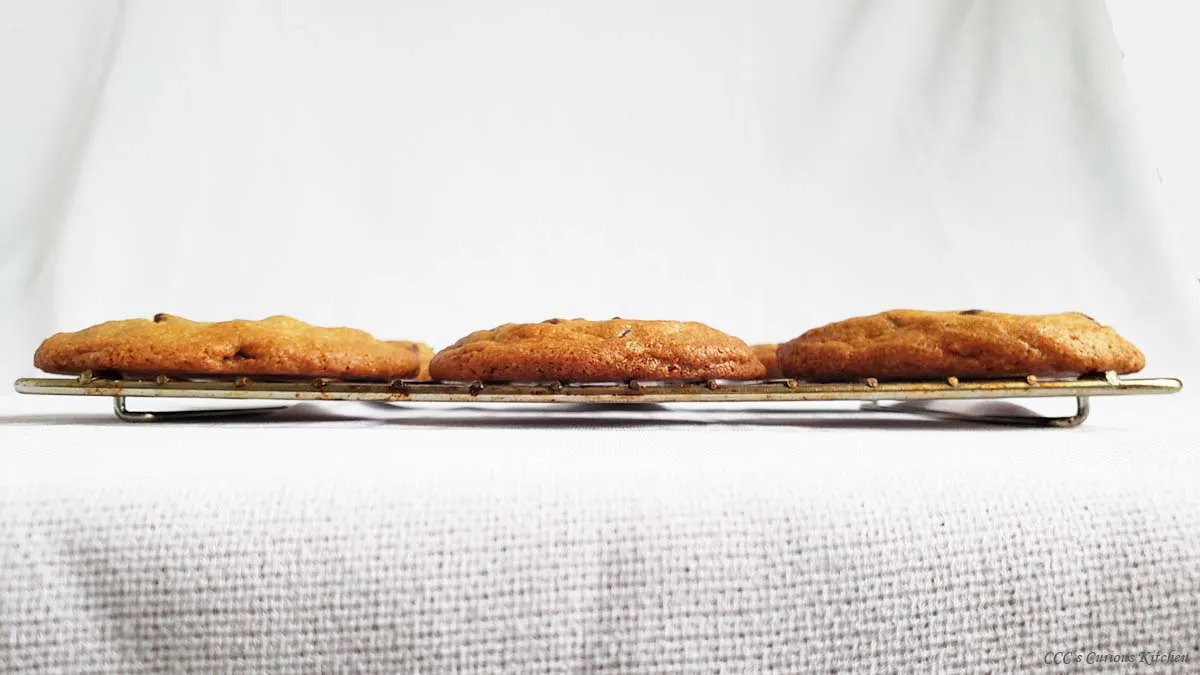
Photo by: CCC’s Curious Kitchen
For certain recipes, especially cookies and pie crusts, chilling the cookie dough or pie crust before baking is a crucial baking tip. Chilling allows the flavors to develop and prevents the cookie dough or pie crust from spreading too much while baking.
Leavening Love
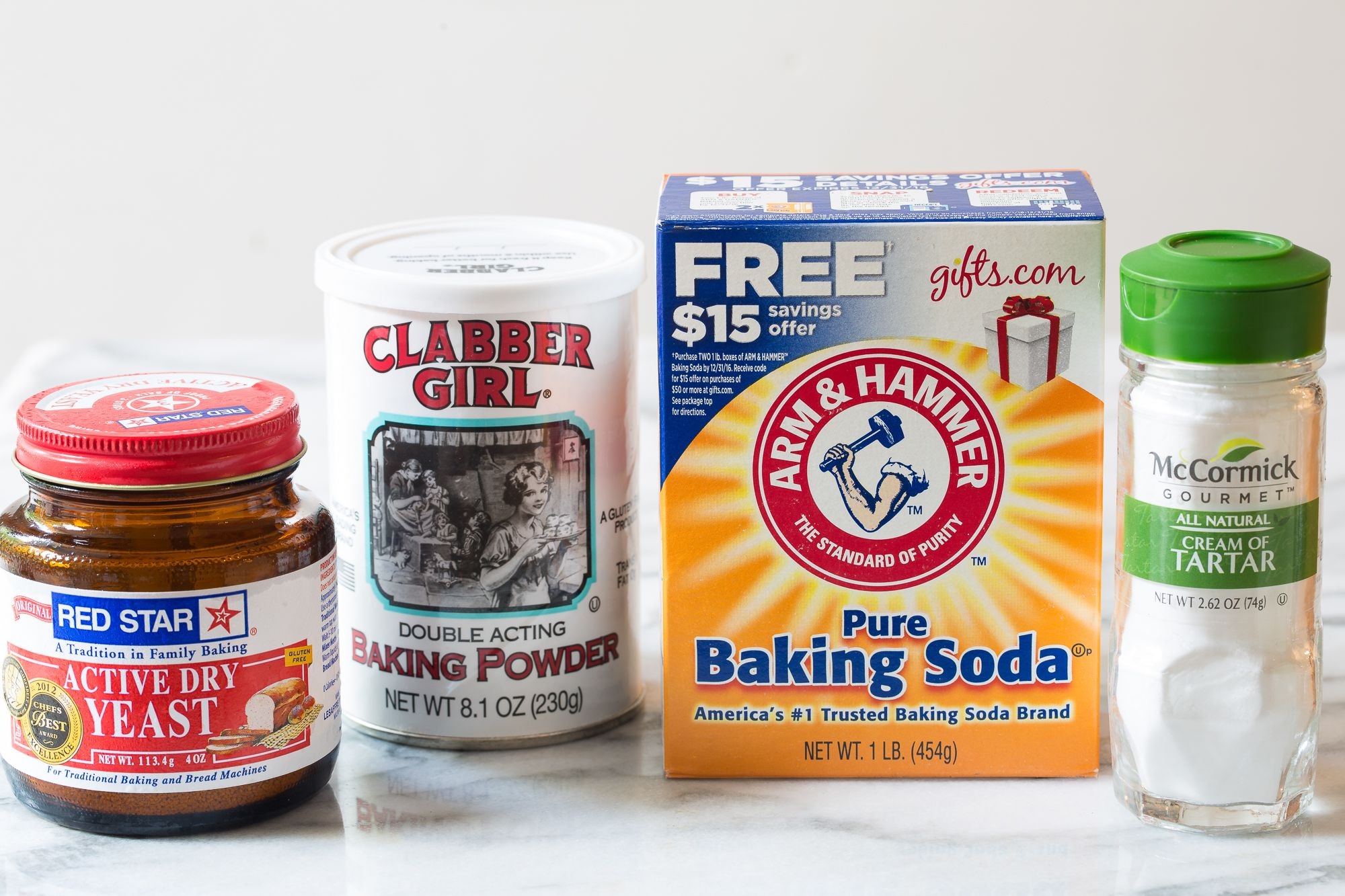
Photo by: The Pioneer Woman
One important baking tip is understanding the difference between baking powder and baking soda. Baking powder is a double-acting leavening agent that releases gases in two stages: first, when mixed with wet ingredients, and second, when exposed to heat in the oven. In contrast, baking soda requires an acidic ingredient such as yogurt, buttermilk, or vinegar to activate and release gases that help baked goods rise. Using the correct leavening agent is crucial for the success of your recipe. Make sure to choose the right one based on the ingredients and instructions provided to ensure the proper rise of your baked goods.
Embrace Experimentation
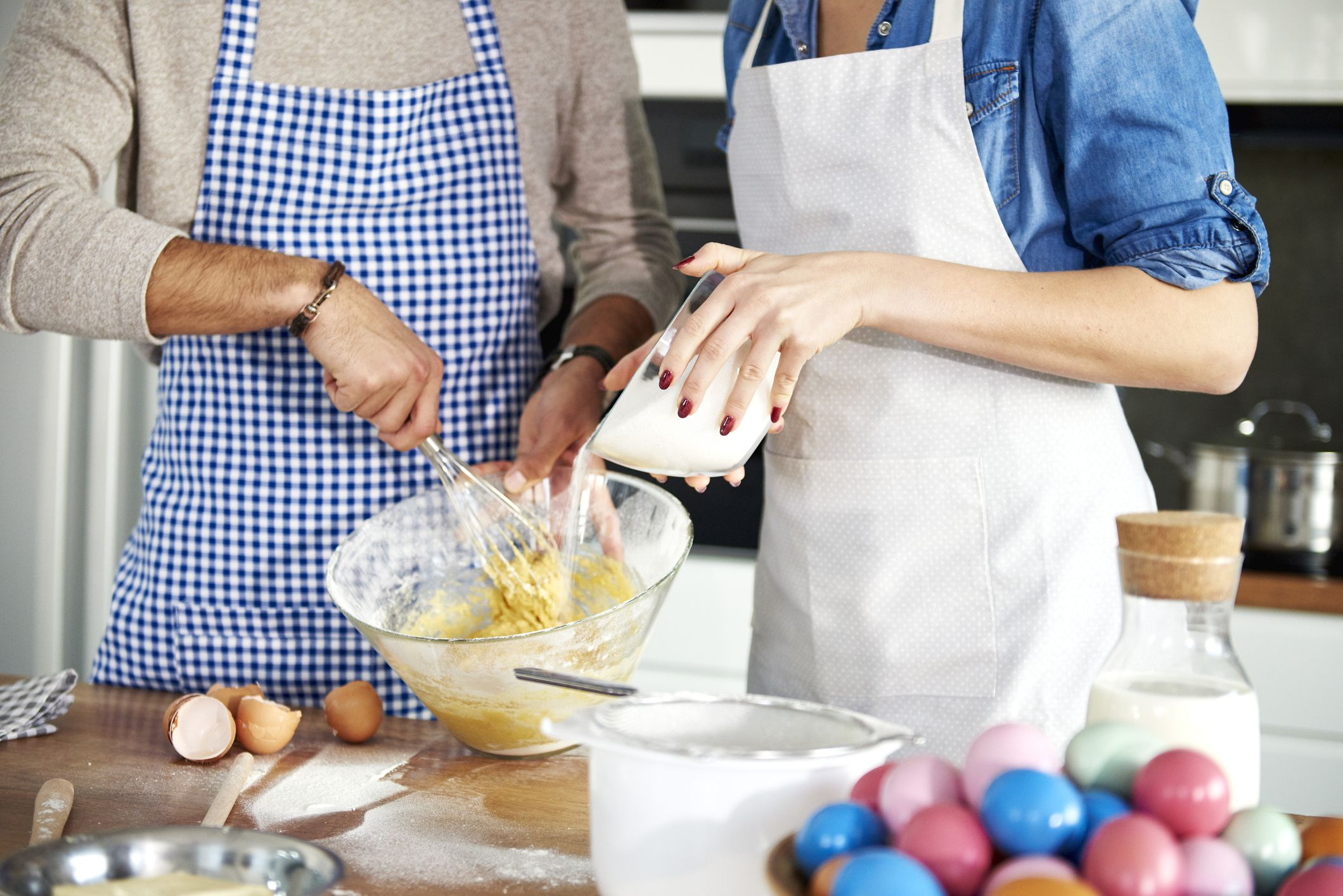
Photo by: Country Living Magazine
Feel free to experiment with flavors and ingredients—baking is a creative outlet! There are plenty of resources online and in cookbooks to inspire you.
Understand How to Determine if Your Baked Goods Are Done
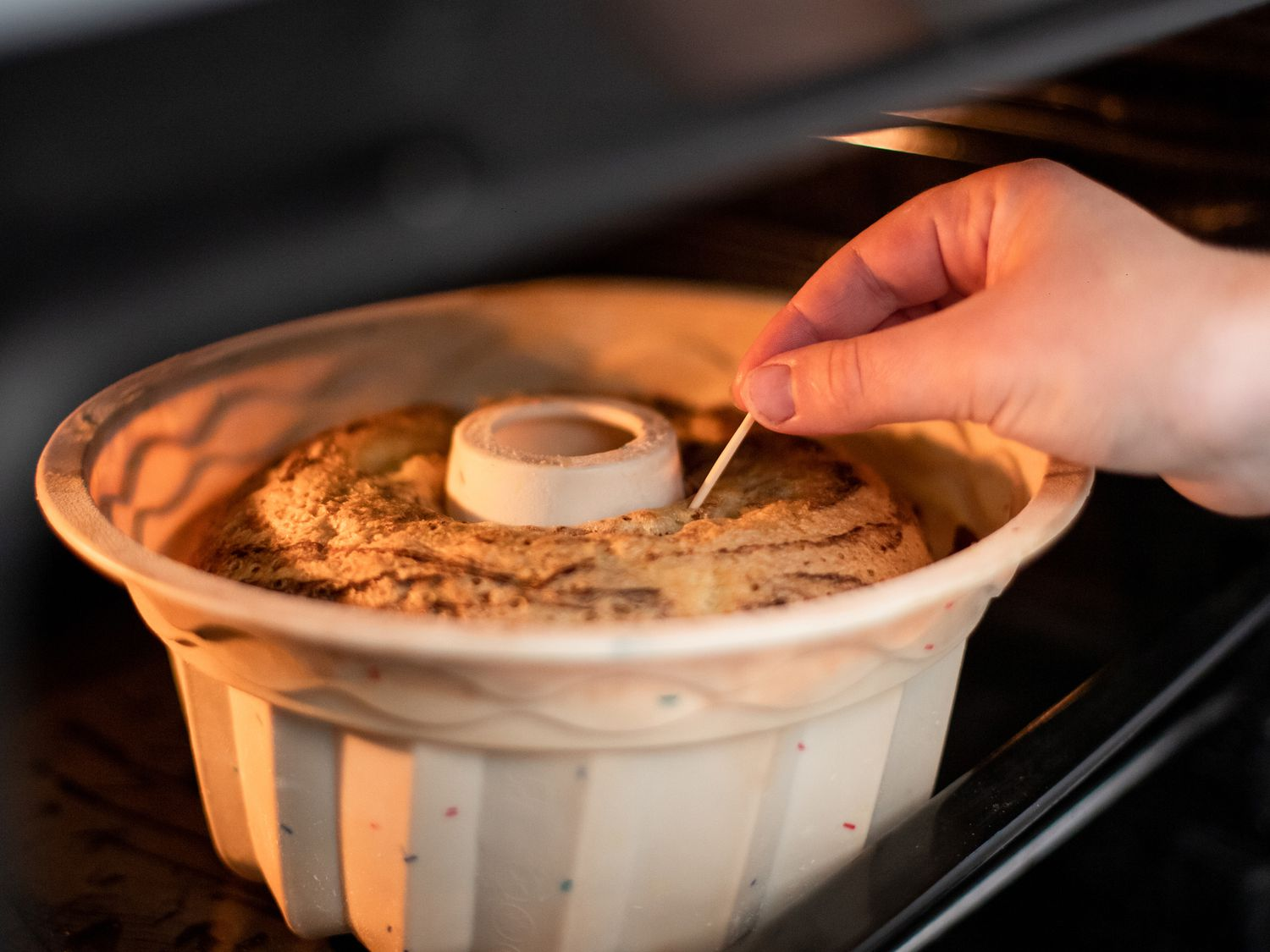
Photo by: Allrecipes
Sure, here’s the rewritten paragraph in a moderate conversational tone: Knowing when your baked goods are ready to come out of the oven can be tricky. Your recipe should provide at least one way to test for doneness. Some recipes even offer two indicators—one visual and one requiring a test. A visual cue typically involves looking for browning or setting. You’ll often be instructed that your baked goods should be golden brown or just starting to brown. You can usually check this by peering through the oven door.
Determining if your baked good is set can be more challenging. It generally means checking if the surface, particularly the center, looks baked and isn’t still wet. This may require a doneness test. The most common doneness test is the toothpick test. The pick should come out clean or with a few crumbs, depending on the recipe. Sometimes, you might also be instructed to check for a slight jiggle in the center or if something springs back when lightly tapped.
These are just a few tips to help you get started. With practice and a little know-how, you’ll become a baking pro in no time!
Embarking on Your Baking Journey with Sweet Success
In conclusion, diving into the world of baking offered a delightful journey filled with creativity and satisfaction. Equipped with the essential beginner baking tips provided, you were ready to embark on your sweet adventure confidently. From understanding the rich history of baking to knowing the essential baking tips—from Reading the Recipe to Understanding How to Determine if Your Baked Goods Are Done—each tip served as a guiding light to ensure your baking endeavors were met with sweet success. Remember, baking was not just a culinary activity but a joyful experience that allowed you to express your creativity and indulge in delicious homemade treats. Happy baking!
FAQS
Is It Possible to Learn Baking on Your Own?
There are tons of recipes available online and in libraries. You can also watch videos to see how it’s all done.
Is Baking a Good Hobby?
Baking is a wonderful hobby for several reasons:
- Creativity: Baking allows you to express creativity through flavors, decorations, and presentations.
- Therapeutic: It can be a relaxing and meditative activity, helping to reduce stress.
- Delicious Results: You enjoy the tasty treats you make and share them with friends and family.
- Skill Building: Baking helps you develop patience, precision, and problem-solving skills.
Overall, baking is not only enjoyable but also rewarding.
Do I Need to Read the Entire Recipe Before I Bake?
Reading the recipe carefully is crucial for baking success. It’s like having a blueprint for your delicious creation.
?? Elevate Your Baking Skills with Us! ??
? Follow us on Facebook, Instagram, Pinterest, Twitter, and TikTok for:
- ? Engaging content
- ? Expert advice
- ? Product reviews
- ?? Tips and techniques
Join our passionate baking community and discover the best tools and tips to create delicious treats at home!
#BakingBrilliance #BakingTips #BakingCommunity #BakeWithUs
Read More
Baking Essentials Every Baker Should Have

